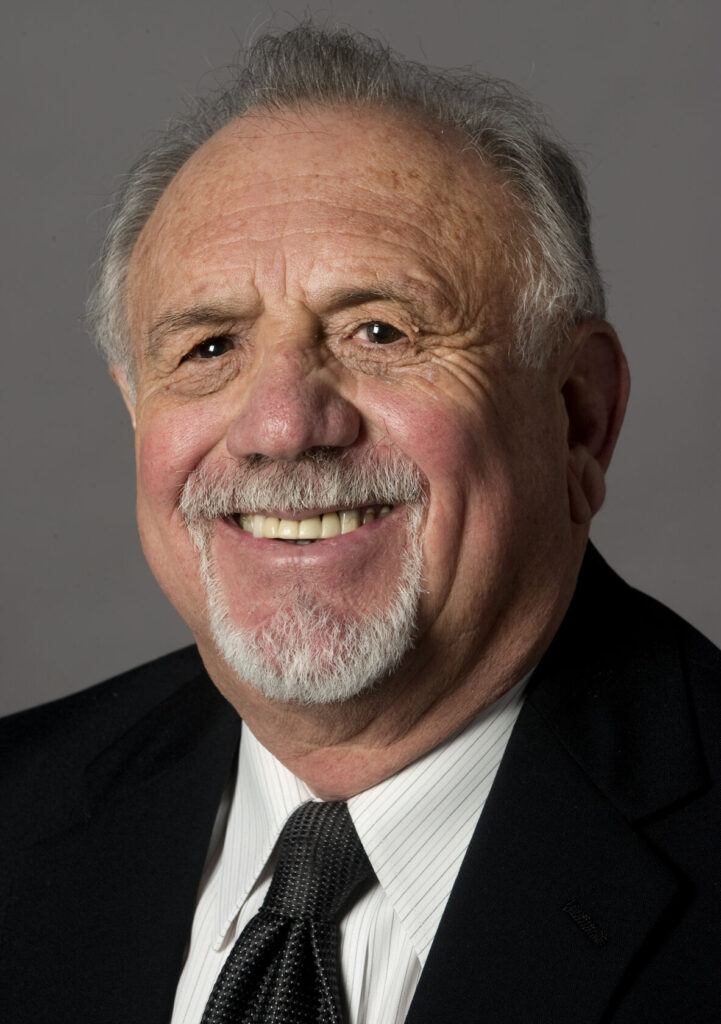Valdez: What problem are they trying to solve with 107?

The proposed Amendment 55 has been rewritten and is now Proposed Amendment 107. Proponents of the amendment are saying they want to prohibit gerrymandering in Colorado.
What gerrymandering?
Let’s examine the record for our great state since the citizens changed the constitution in the 1970s to take away the responsibility of reapportioning legislative seats from the Legislature and placed it in the hands of a reapportionment commission, consisting of 11 members. Let’s start with the Legislature. Currently, Republicans hold a one-seat advantage in the Senate (18 to 17) and Democrats control the House (34 to 31). Both houses are very close and very tight. A one seat switch in the Senate would give Democrats control of the Senate. A two seat change in the House would give Republicans control of the House. Folks, it can’t get any closer than that!
Let’s look at our congressional seats. Like every other state, Colorado has two U.S. senators. In Colorado, one is a Democrat and one is a Republican. Also, Colorado has seven seats in the U.S. House of Representatives, and currently four members are Republicans, while three members are Democrats, with two of those seats considered very competitive. Folks, it can’t get much closer than that!
Our current Colorado statewide elected officers include a governor who is a Democrat and the attorney general, secretary of state and state treasurer who are Republicans. Without a doubt, Colorado is a purple state!
Colorado State University political science professor John Straayer recently researched this issue and his research shows Colorado has been a purple state since the beginning of its statehood. For example, full control of Colorado government (meaning governor, Colorado House of Representatives and Colorado Senate were of the same political party) has been nearly evenly shared: Republicans were in control for 32 years, while Democrats were in charge for 30 years, and for 54 years the control was split between the two parties. In the U.S. Senate, senators from Colorado have totaled 17 Democrats (serving 118 years) and 13 Republicans (serving 112 years). Since Colorado has been a state, its members of the U.S. House of Representatives have been comprised of 35 Republicans and 31 Democrats, totaling 250 years of service for each party — yes, each party has served the same number of years. These statistics support the conclusion that the current system is working and, again, begs the question, “What gerrymandering?”
In a recent column in the Denver Post, two political science professors supported Proposed Amendment 55 because four unaffiliated members would give the unaffiliated voters a voice. Unaffiliated voters are currently the most powerful block of voters in the state, deciding who wins our statewide elections and many congressional and legislative seats in Colorado. Both political parties and many candidates fight for the votes of these important voters registered as unaffiliated. They have a huge say in who gets elected to political office in Colorado.
Colorado takes pride in being a swing state and has operated just fine under our present system. Why any group would want to put the taxpayers of this state through a huge expense to change our constitution when there is no problem leads to the question again, “What problem are they trying to solve.” Or is their agenda — like they proposed in their first attempt — to hinder the vote of the growing minority population in the state of Colorado?
Colorado Politics Must-Reads:













